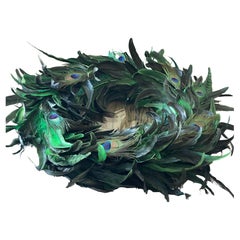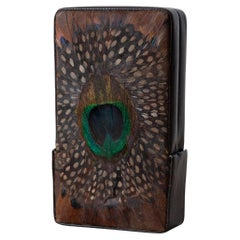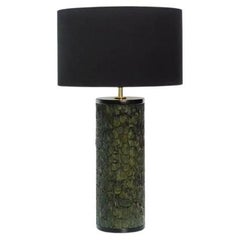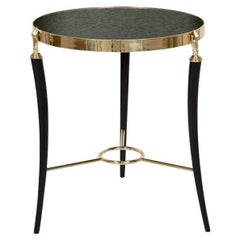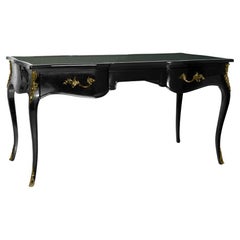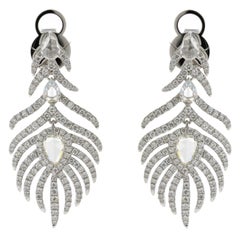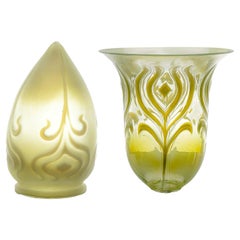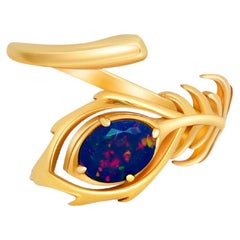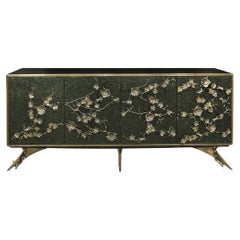Peacock Feather
Vintage 1970s American American Classical Decorative Art
Feathers
Mid-20th Century Unknown Art Nouveau Tobacco Accessories
Feathers
2010s Portuguese Table Lamps
Brass
2010s Portuguese Side Tables
Brass
2010s Portuguese Desks and Writing Tables
Brass
21st Century and Contemporary Hong Kong Contemporary Dangle Earrings
Diamond, 18k Gold, White Gold
20th Century British Arts and Crafts More Lighting
Glass, Uranium Glass
2010s Asian Modern Cocktail Rings
Opal, 14k Gold
2010s Portuguese Cabinets
Brass, Gold Leaf
2010s Portuguese Wardrobes and Armoires
Brass, Gold Leaf
1990s Evening Dresses and Gowns
Vintage 1950s Serving Pieces
Art Glass
21st Century and Contemporary European Modern Coffee and Cocktail Tables
Brass
2010s Portuguese Cabinets
Brass, Gold Leaf
Antique Early 18th Century Italian Louis XV Chandeliers and Pendants
Metal
1980s Italian Scarves
20th Century French Coats and Outerwear
1990s Italian Shoes
20th Century British Arts and Crafts Table Lamps
Glass
Early 20th Century Art Nouveau Dangle Earrings
Diamond, 14k Gold
20th Century British Arts and Crafts Table Lamps
Uranium Glass
21st Century and Contemporary Hats
Early 20th Century Japanese Japonisme Paintings and Screens
Gold Leaf, Silver Leaf
21st Century and Contemporary Modern Figurative Photography
Photographic Paper
Vintage 1960s Italian Hollywood Regency Side Chairs
Lacquer, Velvet
20th Century British Arts and Crafts Table Lamps
Uranium Glass
20th Century British Arts and Crafts Table Lamps
Uranium Glass
Vintage 1960s Italian Hollywood Regency Side Chairs
Velvet
21st Century and Contemporary Contemporary More Necklaces
Crystal
Late 20th Century English Scarves
Antique Early 1900s Austrian Art Nouveau Vases
Blown Glass
Early 20th Century Dangle Earrings
Yellow Diamond, 14k Gold, Enamel
Antique 1890s French Art Nouveau Vases
Earthenware
2010s Portuguese Wardrobes and Armoires
Brass, Gold Leaf
1960s Casual Dresses
Mid-20th Century American Mid-Century Modern Barware
Glass
Mid-20th Century German Mid-Century Modern Jars
Ceramic
Antique 19th Century Unknown Victorian Pendant Necklaces
Pearl, Silver
1950s Abstract Abstract Prints
Lithograph
21st Century and Contemporary Portuguese Contemporary Dangle Earrings
Yellow Gold, Gold
21st Century and Contemporary Modern Stud Earrings
Pearl, Topaz, Blue Topaz, Gold Plate, Silver
20th Century British Modern Vases
Blown Glass
2010s Mexican Artisan Chandelier Earrings
Malachite, 14k Gold, Yellow Gold
21st Century and Contemporary Lebanese Contemporary Pendant Necklaces
Diamond, Emerald, 18k Gold, Yellow Gold
Antique Early 1900s French Art Nouveau Enamel Frames and Objects
Brass, Enamel
1970s Animal Prints
Paper
2010s Indian Art Deco Pendant Necklaces
Diamond, Silver, Sterling Silver
Antique 1890s English Adam Style Armchairs
Satinwood
1980s Contemporary Figurative Prints
Paper, Ink, Mulberry Paper, Lithograph
1990s Italian Chemises
Early 20th Century Dangle Earrings
Sapphire, 14k Gold, Enamel
Early 20th Century Brooches
Pearl, 18k Gold
1970s American Evening Gowns
2010s Indian Fashion Rings
Diamond, Sterling Silver, 14k Gold, Silver
Early 1900s Art Nouveau Prints and Multiples
Paper, Lithograph
Early 1900s Art Nouveau More Art
Ceramic
Antique Late 19th Century European Art Nouveau Vanity Items
Silver Plate, Base Metal
- 1
- ...
